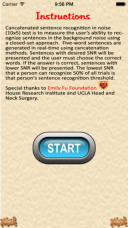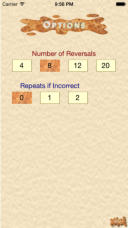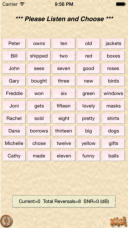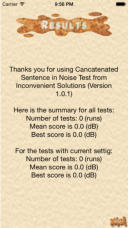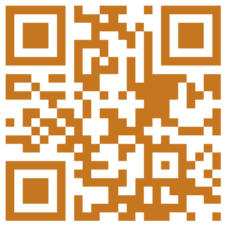



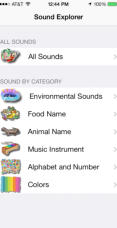
For More Details about Each Program, Please Visit
Inconvenient Solutions
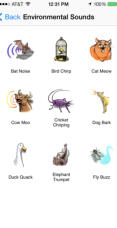

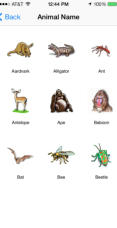
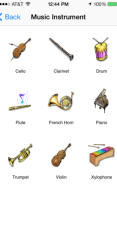

Auditory training is critical for hearing impaired users to achieve the maximum benefit from a cochlear implant
and/or hearing aid. Sound Explorer is a simplified mobile edition of Angel Sound program, which is a powerful
interactive auditory training and hearing assessment program that lets you take control of your listening
rehabilitation independently or self-administer your functional hearing test at home. The program is suitable
for anyone who want to improve the speech perception or simply to enjoy listening to all kinds of sounds,
including environmental sounds and music.

Digit Memory Span Test is a program that can be used to measure working memory's number storage
capacity. The listeners are presented with a series of digits (e.g., 8, 3, 6) and must immediately repeat them
back. If the answer is correct, a longer list will be presented. The length of the longest list a person can
remember on 50% of all trials is that person's digit span.

Digits in Noise Test is a program that can be used to measure your ability to recognize digits (or speech) in
the presence of background noise. The listeners are presented with a series of digits (generally 3 digits) with
noise and must immediately repeat them back. If the answer is correct, a different list will be presented with
reduced signal-to-noise ratio. The signal-to-noise ratio a person can identify digits on 50% of all trials is that
person's speech (or digit) recognition threshold.
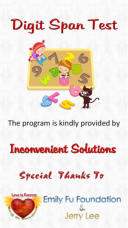
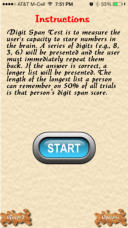
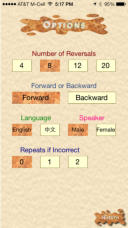
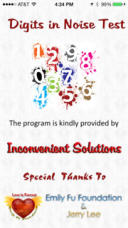

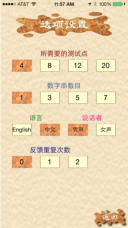

Welcome to i-Angel Sound, an interactive auditory training program that lets you take control of your listening
rehabilitation independently at home. You gain practice in discriminating and identifying sounds and speech
components through a series of self-paced modules that cover different aspects of the listening process. The
level of difficulty can be adjusted to match your developing listening skills. The program provides audio-visual
feedback. Focused on practice and improvement of your listening skills, i-Angel Sound compliments your
clinic rehabilitation program. The i-Angel Sound is developed by Inconvenient Solutions, the mobile division
of TigerSpeech Technology Inc. and Emily Fu Foundation, which is devoted to develop innovative speech
software for hearing impaired and children to facilitate the learning of sounds. The program contains a few
thousands sounds from several categories, including environmental sounds, the name of common foods, the
name of familiar animals, and monosyllabic words. The phonetic contrast training protocols used in the
monosyllabic word training reinforce the brain's ability to distinguish between phonemes which are the
building blocks of language. The program is suitable for anyone who want to improve the sound perception or
simply to enjoy listening to all kinds of sounds, including environmental sounds and music.

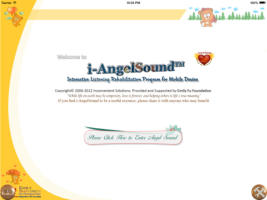
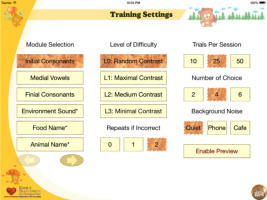
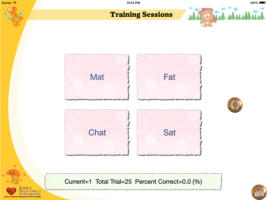
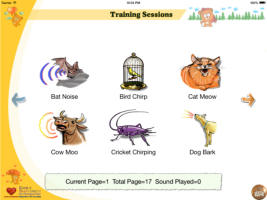
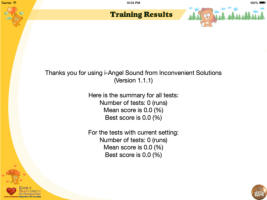
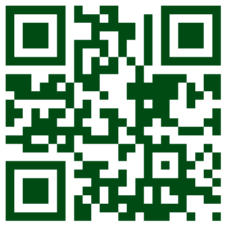
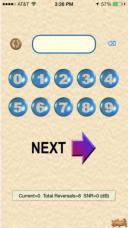
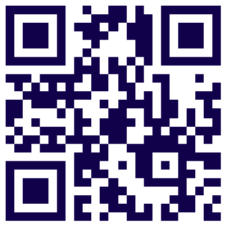
Music perception and appreciation remains a challenge for many hearing impaired people. A closed-set
melodic contour identification “MCI” task has recently been used to quantify the listeners’ ability to recognize
musical melodies. For the MCI task, test stimuli are melodic contours composed of 5 notes of equal duration
whose frequencies corresponded to musical intervals. The interval between successive notes in each contour
is varied between 1-6 semitones; the root note of the contours can also be varied. Nine distinct musical
contours are generated for each interval and root note condition. This program provides a unique melodic
contour identification testing and training for anyone who is interesting at improving their awareness of
melodies, thereby improving their music appreciation.

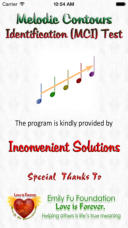
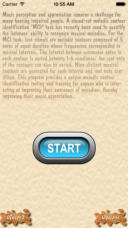
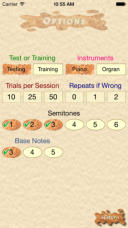
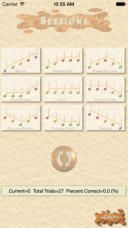
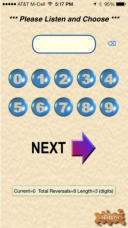
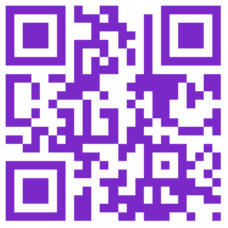
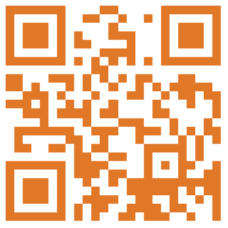

Cancatenated sentence recognition in noise (10x5) test is to measure the user's ability to recognize
sentences in the background noise using a closed-set approach. Five-word sentences are generated in real-
time using cancatenation methods. Sentences with desired SNR will be presented and the user must choose
the correct words. If the answer is correct, sentences with lower SNR will be presented. The lowest SNR that
a person can recognize 50% of all trials is that person's sentence recognition threshold.
